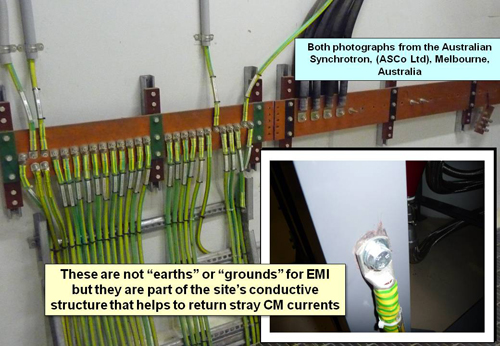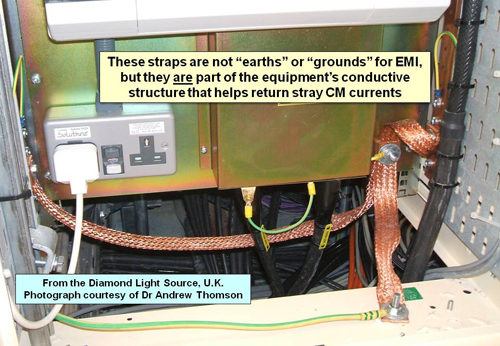Mike L, I know I've been gently prompting you to investigate grounding. You've exhausted your journey in component upgrades (MM7 etc), power (Equi-Tech), isolation (active platforms) and dedicated room/acoustic treatments.
I confidently predict grounding will remove the last potential bottleneck in your system, that of noise.
Like you I'm running a balanced transformer. It's not a wall mounted mega installation like yours, but not far off in being a 65kg 8kVA beastie. I get that "after midnight" sound 24/7. Nothing fazes it. Nothing. It's provided a massive foundation for the music to emerge from, tightening up the bass, and allowing mids and high frequencies to soar uncompressed.
At this point I really felt that was it. Boy, was I wrong. I took a punt on Entreq grounding, and have ended up running a Silver Tellus box, with an Apollo grounding cable each to phono/pre/cdp/monoblocks/and in time potentially to my sub amps (I'm getting Zu Audio to make up a couple of modules customised w/ground posts - i MUST be convinced of grounding, this is not inexpensive).
Well, grounding provides something totally different and totally complementary to my balanced transformer. The latter provides the solid foundation for music to sit on/emerge from, and an unshakeable drive. Grounding takes this and furthermore provides a still clarity for microdynamics to emerge, and in many cases make themselves known for the first time!
I liken it to: pre grounding - music in a hot summer heat haze, soundstage wavering/ with grounding - music in a crisp cool spring morning, everything still and refreshing. Poetic licence!
With Entreq there is NO compromise mixing balanced and grounding. If there is w/Tripoint, then it's a no brainer, go ahead w/Entreq and audition, blending it all in your system.
I really think you'll be surprised and will never go back to non-grounded.
Mike, please PM me for any more specific qs.
 !!! Not that I'd know, of course
!!! Not that I'd know, of course  . I like the idea of a regular fix of less and less noise/more and more musical message.
. I like the idea of a regular fix of less and less noise/more and more musical message.

















